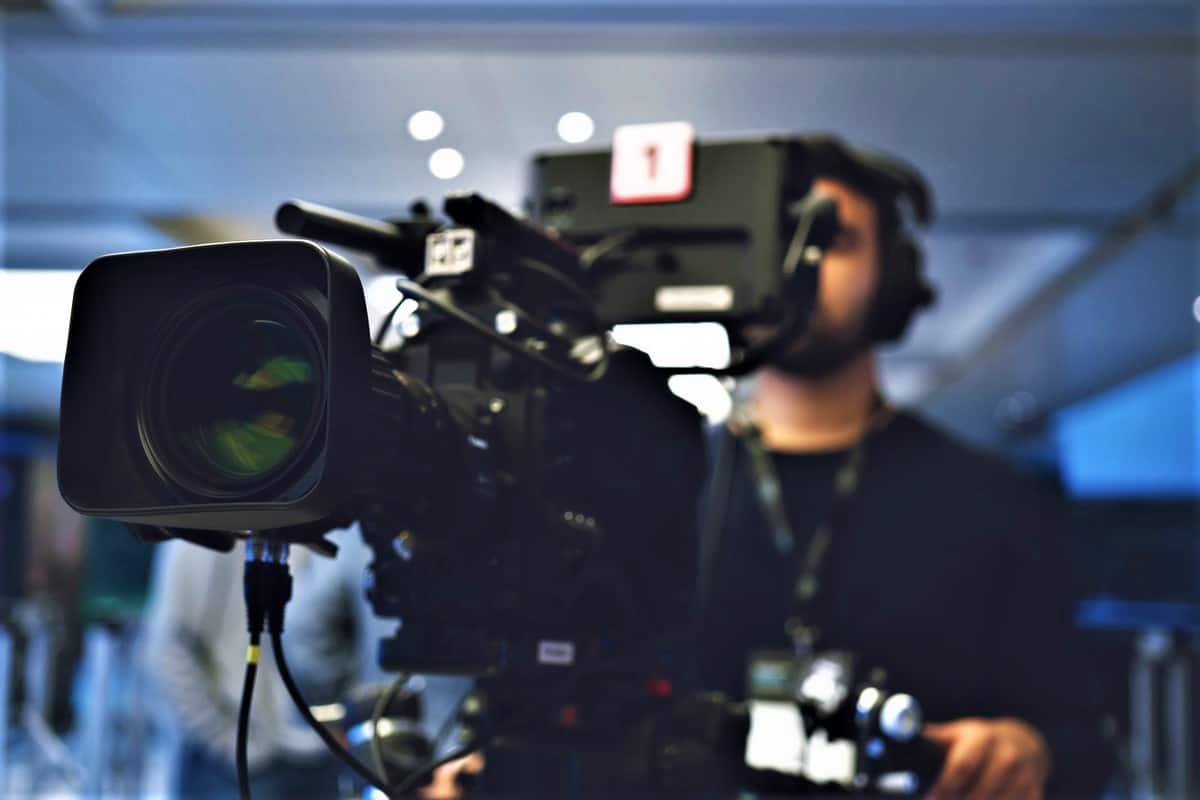If Salim-Javed could create the phenomenon of the anti-establishment ‘angry young man’ with a slew of hit films, why not use the same skill set to create a phenomenon that would push against the status quo that glories in subjugating women? It’s been a long time coming, but a phenomenal change has got to come. And let it begin with changing the film industry’s treatment of women.
It would be laughable for anyone to believe that the Malayalam film industry is the only one that exploits women. Not to tar everyone with the same brush, but let’s be realistic. Humans are the same everywhere, and men in other film industries are quite likely to be on par with those in Kerala in terms of sexually exploiting women.
The million-dollar question is, who is going to speak up in the film and entertainment industries across India? The silence in Bollywood is resounding! When leading ladies are ‘taught a lesson,’ what do you think happens to the extras and other hopefuls—stylists, hairdressers, assistants, and the like? Unless they come from a powerful family (and who knows how much they adjust and compromise within those families), women in the entertainment industry have to be bold, resourceful, and nimble or just plain lucky to get away unscathed.
It’s a systemic problem that not only permits but also encourages such behaviour to continue. Control rests with men, particularly directors, producers, and other men who have the power to make or break careers. This goes back to the days when women were viewed as commodities and were exploited both on and off-screen for their looks. Hollywood studios perpetrated this system as much as those in Mumbai, Hyderabad, Chennai, Kolkata, Bengaluru, Kochi, and other film industry hubs.
The women in India who spoke about the exploitation and named their alleged assailants in the wake of the global ‘MeToo’ movement paid a heavy price. Similarly, those who testified in Kerala spoke about being blacklisted and losing opportunities to work and grow in the industry for not yielding to their oppressors. They had to endure the bitter sight of their attackers thriving, adding to their psychological trauma. The fact that it took five long years for the Justice Hema Committee report to be made public shows that seeking justice is a long haul, and not for the faint-hearted. Just looking at its timeline would be enough to discourage anyone who dared to speak up. While it lay in cold storage, it was business as usual for the perpetrators. Even the published report has lengthy redactions—63 pages, to be precise, which is seen as a bid to protect the high and mighty in the industry.
Nonetheless, its publication is a hard-won victory under the Right to Information Act. It has, and must continue to, give hope to those who speak up against exploitation. As a first step, more women in more industries should be given a safe channel to record their complaints and testimonies. Their privacy should be guarded to ensure that women don’t suffer professional setbacks for naming their harassers. Justice is a long, arduous process, but it is worth it. If the demand for justice is persistent, it can shift the tide.
Change is more than calling out individual perpetrators. Change is about dismantling the structures and cultures that allow exploitation and discrimination to flourish. While the process of seeking justice is ongoing, it’s vital to address institutional failures. It’s obvious that safeguards such as the Internal Complaints Committee are either non-existent or ineffective. Stakeholders should work on building a robust, viable, and open system that would protect the vulnerable and ensure zero tolerance for exploitation.
It’s equally important to rebuild the institution. The film and entertainment industry is integral to the economy, culture, and society and can’t be allowed to decay. A cultural shift is required, with respect and equity in professional and interpersonal relationships. This change is necessary for society as a whole. What kind of society are we going to be if we continue to accept
How about making aesthetic and realistic films that show women and men as equals in all aspects? I don’t want to call it a campaign, but it has to be done consciously and consistently. And beautifully. – Sandhya Mendonca, author, biographer, and publisher, casts a female gaze at the world in this column.

